Tips for gardening with kids
KFamilyMO
10 years ago
Related Stories
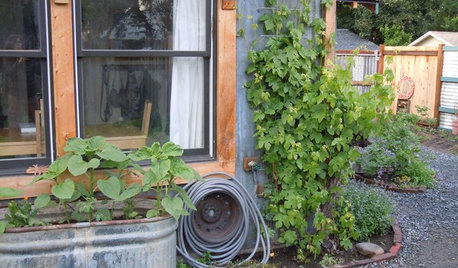
GARDENING GUIDESEdible Gardening Essentials: Tips for Traditional Hand Watering
Save the expense and hassle of a complicated garden system with a simple watering can or inexpensive hose add-ons
Full Story
GARDENING GUIDES10 Tips to Start a Garden — Can-Do Ideas for Beginners
Green up your landscape even if you're short on time, money and knowledge, with these manageable steps for first-time gardeners
Full Story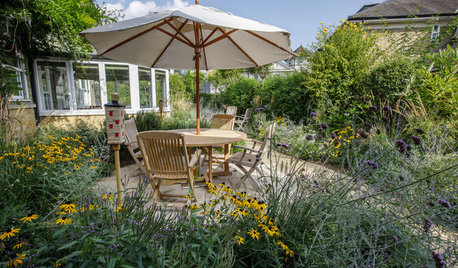
LANDSCAPE DESIGN4 Tips for Creating a Small Garden That Welcomes Wildlife
Win over birds, bees, butterflies and neighbors with these design strategies
Full Story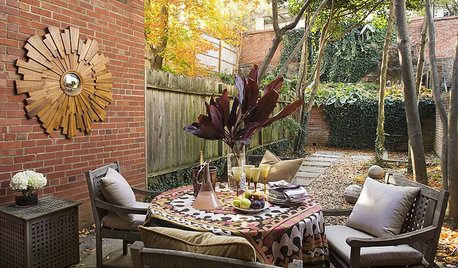
GARDENING AND LANDSCAPING6 Tips From Great Urban Gardens
Here's How to Create Your Own Outdoor Sanctuary in the City
Full Story
BATHROOM DESIGNThe Family Home: 8 Easy Tips for an Organized Bathroom
If your bathroom has that hit-by-a-hurricane look that tends to come with kids, sort things out with these tried and true ideas
Full Story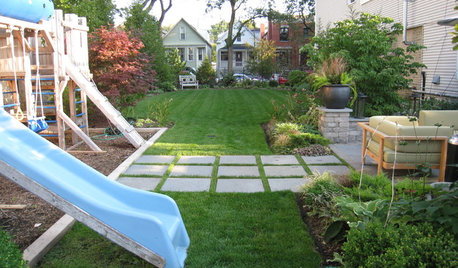
LIFE6 Tips for Teaching Your Kids to Be Good Neighbors
Everyone wins when your children learn to respect boundaries, get help when they need it and show others they care
Full Story
GARDENING AND LANDSCAPING10 Tips for Using Outdoor Fire Bowls
How to get your summer campfire fix on the patio
Full Story
PETS15 Doggone-Good Tips for a Pet Washing Station
Turn a dreaded chore into an easier task with a handheld sprayer, an elevated sink or even a dedicated doggie tub
Full Story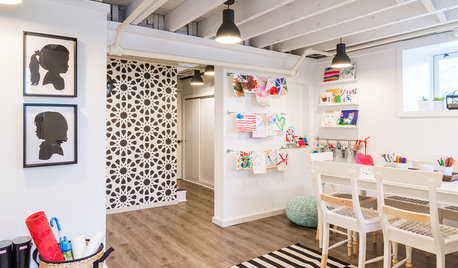
DECORATING GUIDES5 Tips for a More Flexible, Creativity-Boosting Space
These decorating ideas will encourage your creative side to come out and play
Full Story
LIFESlow Living 101: Tips for Turning Off the Chaos
It may feel as though you're too busy to slow down and enjoy life. But even little changes can have a big effect
Full Story





Deeby
KFamilyMOOriginal Author
Related Professionals
Canton Landscape Contractors · Bedford Heights Landscape Contractors · Commack Landscape Contractors · Elmhurst Landscape Contractors · Lakeville Landscape Contractors · North Haven Landscape Contractors · Northport Landscape Contractors · Rosemount Landscape Contractors · South Portland Landscape Contractors · Southbury Landscape Contractors · Tustin Landscape Contractors · Wanaque Landscape Contractors · Kingsburg Landscape Contractors · Los Gatos Driveway Installation & Maintenance · Riverside Driveway Installation & Maintenanceehss6
digdirt2
Deeby
tishtoshnm Zone 6/NM
albert_135 39.17°N 119.76°W 4695ft.
lurkandkibitz
ZachS. z5 Platteville, Colorado
floral_uk z.8/9 SW UK
ZachS. z5 Platteville, Colorado
elisa_z5
mckenziek
afishlady
nancyjane_gardener
zzackey
KFamilyMOOriginal Author
mckenziek
ericengelmann
KFamilyMOOriginal Author
KFamilyMOOriginal Author
mckenziek
AiliDeSpain
afishlady
oliveoyl3
Persimmons
courtneysgarden